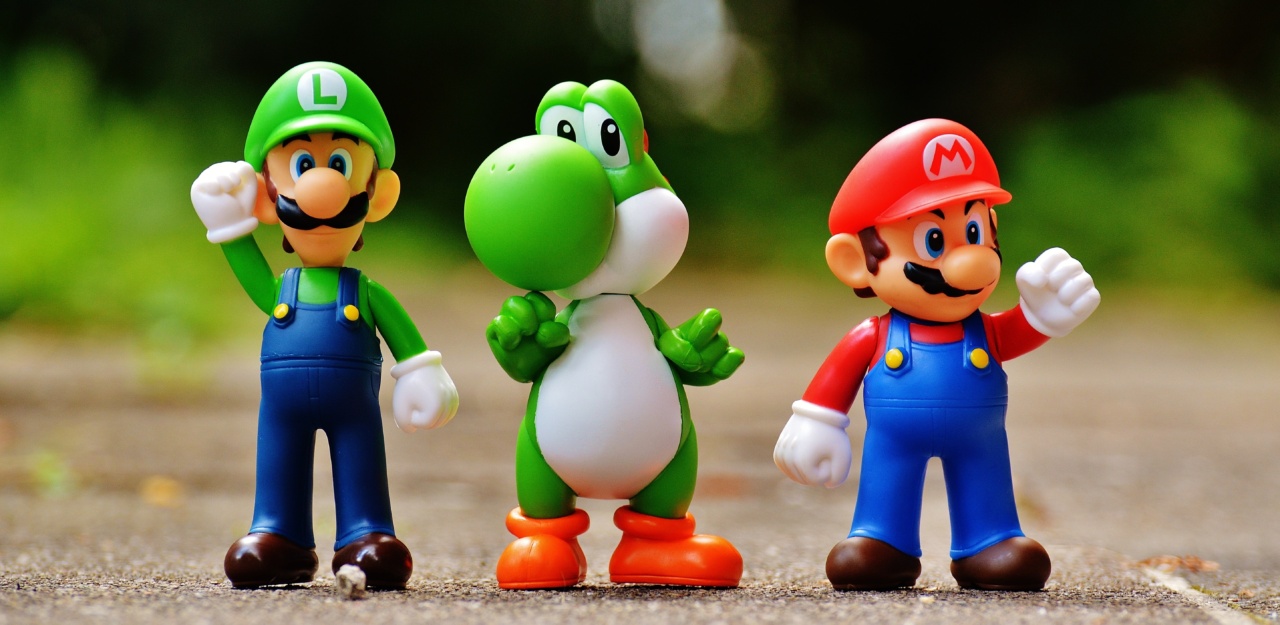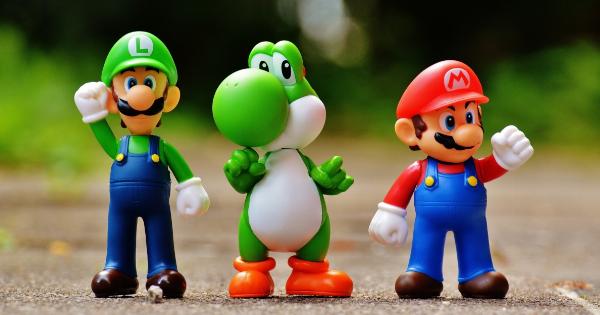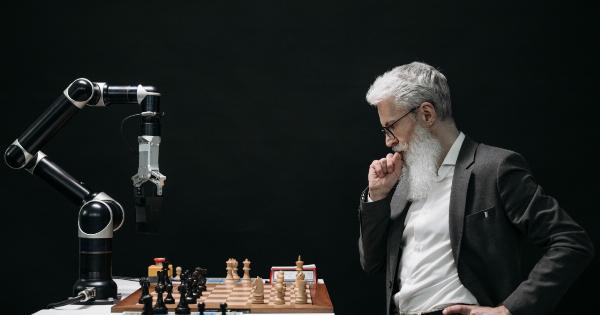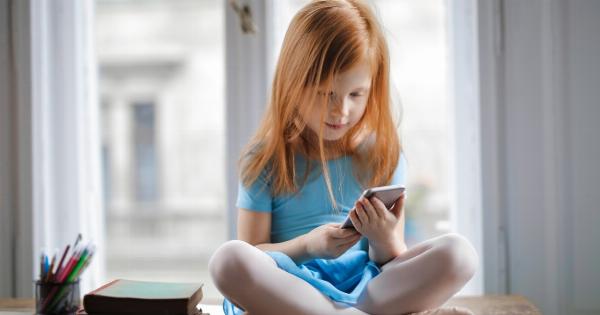Throughout human history, figures and children have been used as powerful symbols in art, literature, and culture. From ancient myths to modern advertising, these images carry deep meaning and cultural significance.
In this article, we will explore the symbolism of figures and children, decoding what they represent and why they matter.
The Symbolism of Figures
Figures, also known as human forms or statues, have been used as symbols of power, beauty, and spirituality for thousands of years.
In ancient Greece, the nude male figure represented the ideal of physical perfection, while in ancient Egypt, statues of pharaohs signified divine authority and the link between the gods and the kingdom. In Christian art, figures of saints and martyrs represented moral virtues and divine grace, while in modern sculpture, abstract figures represent the complexities of the human experience.
The Symbolism of Children
Children have served as symbols of innocence, vulnerability, and hope in art and culture for centuries.
In religious iconography, the infant Jesus was portrayed as the savior of mankind, while in Greek mythology, Eros (also known as Cupid) was the god of love and desire. In literature, children are often used as symbols of new beginnings or the future, as in the case of Charles Dickens’ “A Christmas Carol”, where tiny Tim represents hope and possibility.
Children in Advertising
While the symbolism of figures and children has ancient roots, it is still very much alive in modern culture, particularly in advertising.
Companies know that using images of children can elicit strong emotional responses from consumers, associating their products with concepts like innocence, purity, and family values. For example, baby formula companies use images of happy, healthy infants to market their products, while fast food chains use images of happy, healthy children to market theirs.
While these tactics can be effective, they can also be controversial, with critics arguing that they exploit children and perpetuate harmful stereotypes.
Decoding Contemporary Art
Figures and children continue to be popular artistic subjects in contemporary art, and their meanings can be complex and layered.
For example, artist Antony Gormley’s “Angel of the North” statue in England is a giant, abstract figure that represents both the human form and the spirit of the earth. Cindy Sherman’s “Untitled Film Stills” series features the artist in various poses and costumes, exploring the societal expectations and stereotypes placed upon women.
In contemporary photography, children are often used to explore themes like identity, vulnerability, and loss. For example, the works of Sally Mann feature haunting images of children in rural landscapes, suggesting innocence lost and the passage of time.
The Intersection of Figures and Children
When figures and children are combined, the symbolism can be even more powerful and complex. Children in ancient myths often had supernatural powers or abilities, making them both powerful and vulnerable.
In art and literature, adult figures have sometimes been portrayed as protectors or caretakers of children, symbolizing the responsibilities and challenges of parenthood. In contemporary art, figures of children can be used to comment on social issues like poverty, war, and inequality.
Conclusion
The symbolism of figures and children is vast and varied, spanning cultures and time periods. While their meanings can be complex and nuanced, these images continue to resonate with us on a deep emotional level.
By understanding the symbolism behind these images, we can appreciate their significance and beauty, and gain new insights into our shared human experience.































